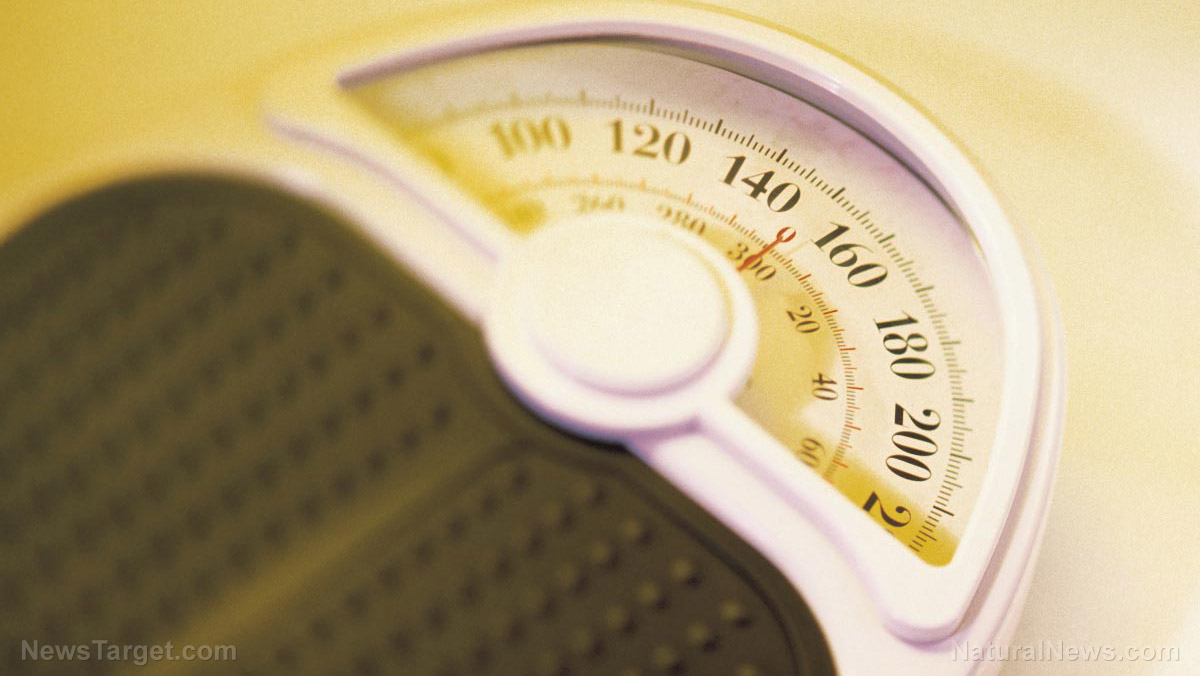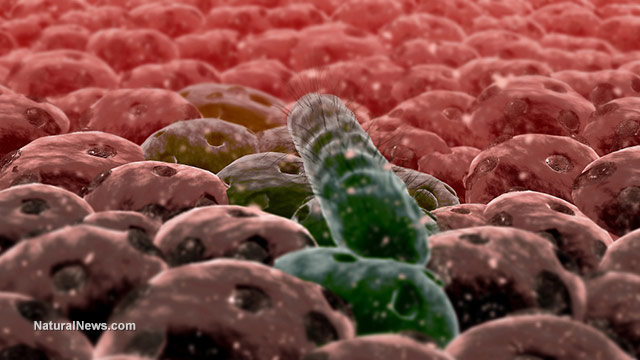Obesity in preschoolers has increased dramatically, according to new data
03/24/2018 / By Jessica Dolores

That chubby little boy’s bulging cheeks may seem so irresistible. But do you know those cute cheeks may be more of a liability, not an asset?
Take it from a lot of studies on obesity. Excess body fat in childhood is a red flag that mustn’t be ignored. Children whose body mass index (BMI) exceed the standard should start a healthy regimen. Otherwise, the poor kid is at risk for type-2 diabetes, hypertension, high cholesterol levels, fatty liver disease, gallstones, and others.
That’s not all. The fat kid is more prone to ostearthritis, slipped capital femoral epiphysis (when the ball of the hip joint is dislodged from the upper end of the thigh bone), early puberty, breathing problems, and iron deficiency.
The emotional price is heavy as well. Other children and schoolmates may tease the child because of his excess weight. And the poor kid may end up crying, or worse, refuse to go to school because of this bullying. He might grow up emotionally scarred for life, lacking in the self-confidence necessary to succeed and weather day-to-day challenges.
Americans have known this problem has existed for years. But they seem too busy to listen, or they’re not just paying attention. New federal data from the Pediatric journal show that more American children aged two to five are getting obese. Researchers pegged the rate of increase at nine to nearly 14 percent.
The figures are enough to send alarm bells ringing, especially in the science community. Duke University associate professor Asheley Skinner, who led the analysis on children noted, “It is a big jump. That’s the highest level of obesity that we’ve seen in two- to five-year-olds since 1999.”
She explained that obesity among the very young is especially alarming because the weight problem can persist up to adulthood. Left unchecked, obesity will make it harder for the child to enjoy his youth, and adulthood, when he grows up.
Dr. Sarah Armstrong, who’s with Skinner’s group, laments that scientists like her “don’t seem to be making a dent” at all despite all heavy costs that funded research on childhood obesity for the past two decades.
The pediatrics professor has more bad news. She warns that generation next is at peril if those concerned don’t work double time to correct the situation.
The causes
Let’s start from the very beginning and trace the roots of childhood obesity.
It all starts at home, when busy parents who want to save on cooking time eat out more. They no longer prepare healthier home-cooked meals for everyone. Why cook when you can buy high-calorie fast food and junk food at your neighborhood restaurant? Why cook, when the friendly pizza delivery boy is just a call away, 24/7?
Do you have big bottles of soda and lots of cakes and pastries in the fridge? These high-sugar food also adds excess pounds to your child’s weight.
Before you scoop up big portions of pasta and put them on your child’s plate, remember: Bigger food portions contain more calories that you body stores as fat. Your body can only handle so much. Smaller food portions make you feel full easily, because they help your body metabolize food better.
Children who spend more time surfing the Net and watching TV at home also accumulate more body fat than usual. They don’t burn the calories by running, jumping, skipping and playing outside the house. Even schools who skimp on physical education subjects are to blame. They slacken their students’ exercise time.
The child is the father of the man. Let’s help him grow up into a healthy, happy, productive adult by helping him curb, and beat obesity, now.
Sources include:
Tagged Under: body fat, child development, childhood obesity, children and obesity, children's health, healthy living, obesity, parenting, pediatrics




















